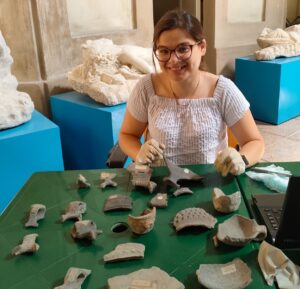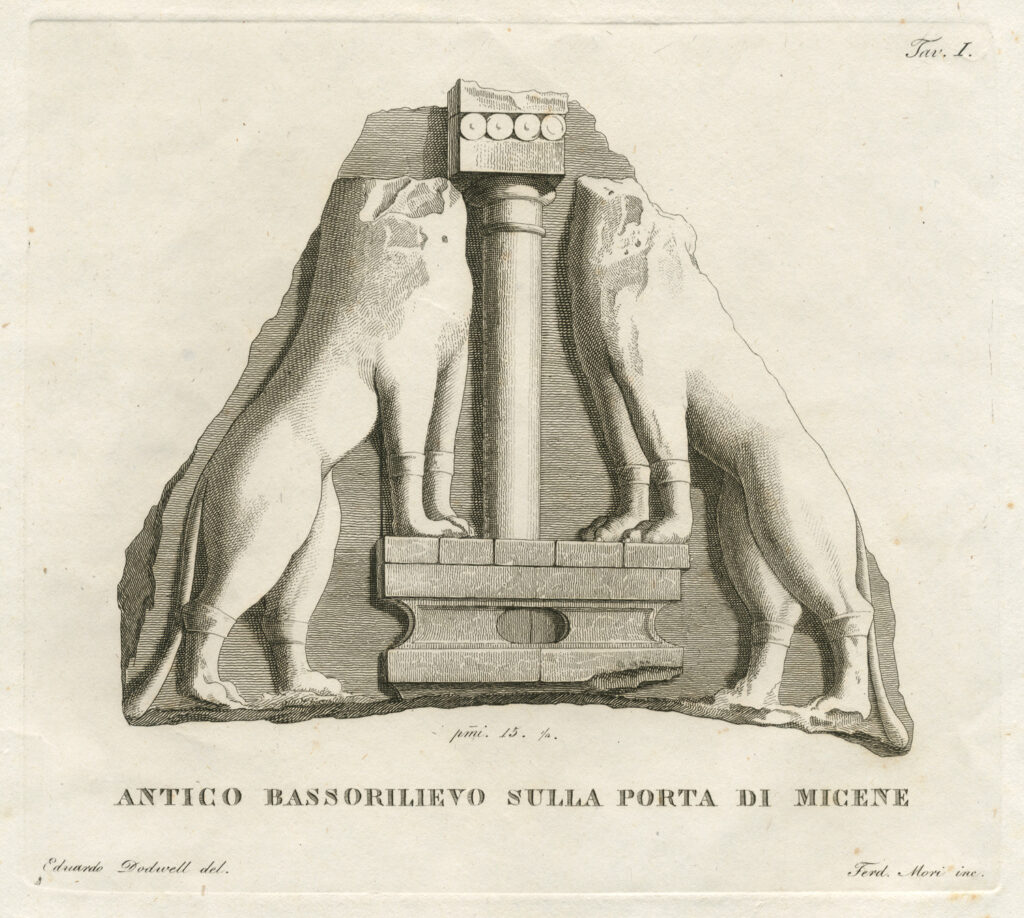Mycenaeans in Pavia – Museum of Archaeology, Saturday, February 18, 2023, 4 p.m.
- 07, 05, 2023
- Category EnglishNews, Museo di Archeologia, Sistema museale d'Ateneo di Pavia
- Posted By annaletizia magrassi

Special opening of the Museum of Archaeology of the Pavia University Museum System: Saturday, February 18, 2023, 10 a.m.-6 p.m.
Mycenaeans in Pavia – meeting in the Museum at 4 p.m.
After the first and very successful meeting on January 2, in whichthe three statues from the ancient Roman city of Veleia were discussed, here is the second meeting that is designed to explain the ongoing research activities to the public.
The Museum of Archaeology was founded in 1820 and it holds very unique fragments of Mycenaean pottery, regularly entered in the inventory register.
But who were the Mycenaeans? And who brought these fragments that were collected in Greece and brought to Pavia? And to what vessel forms can we refer them?
The answers will come from the biography of the two scholars, one of whom is well known in Pavia, but linked, in the most widespread perception, to quite a different field of study and expertise.
Moreover, the pioneering investigation conducted by Carolina Muscas, a fresh master’s graduate of our Athenaeum’s The Ancient Mediterranean World, has brought attention back to a double batch of prehistoric and protohistoric artifacts, for nearly one hundred and thirty years preserved and forgotten in a warehouse which is now afferent to the Kosmos Museum and also traceable to the two mysterious Pavia protagonists of the archaeological adventure which we propose to recount.
With Carolina Muscas, now an alumna of the prestigious Italian Archaeological School in Athens, the scientific director of the Museum of Archaeology, Maurizio Harari, will converse: at first in the Museum, in front of the showcase displaying the Mycenaean materials, then in a classroom located a short distance away.
No reservations necessary, info: museo.archeologia@unipv.it
The cost included in admission fee.
Address: Central Palace of the University, Corso Strada Nuova 65, Pavia, the entrance is in the passage between the Cortile delle Magnolie and the Cortile Sforzesco.

